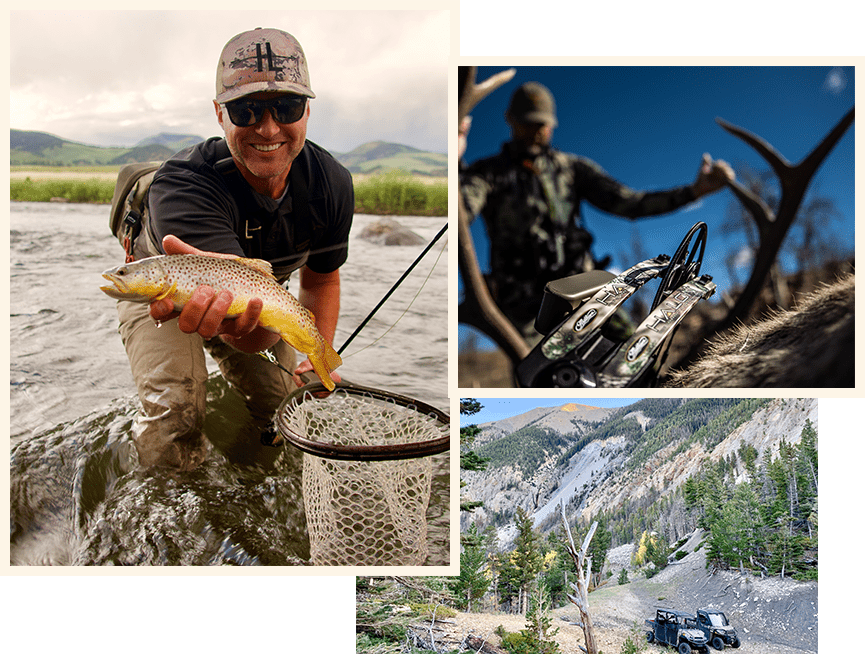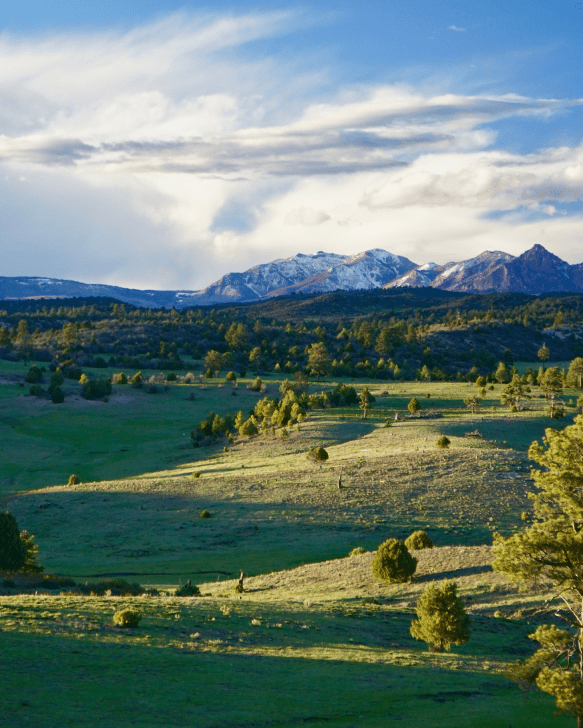The days are getting longer and warmer, and the snow is melting, and ranchers running spring-calving operations are benning their season. Deciding between a spring-calving and a fall-calving operation depends greatly on the resources that are available to your ranch at certain times of the year. There are benefits and drawbacks to both, and it’s important to understand them before you decide which operation to run. Here is a breakdown of things to consider when deciding on spring-calving vs. fall-calving.
Time and Labor
This is one of more obvious points to consider when making your calving-season decision because if you don’t have the time, your calving season will be unsuccessful regardless of the time of year.
If you run a crop production on your ranch as well as a cow-calf operation, odds are you have already decided on spring-calving. Calving season is one of the busiest, labor intensive seasons on any cattle ranch, and all available resources are usually dedicated to a successful season. Spring-calving season happens just before crop planting season, which allows ranchers to dedicate the time and labor they need to their calving operation before focusing on crops.
Fall-calving season occurs squarely during harvest season, making it almost impossible for ranch owners to dedicate the proper labor resources to both operations. So, if you plan to grow crops and run a cattle operation, the decision between fall-calving and spring-calving is basically already made for you.
Nutrition and Forage Availability
Another obvious consideration is the supply of forage that is available in your area during certain times of the year. Lactating cows need the proper nutritional support to feed calves. Therefore, the seasonal nutrition available is a major factor in whether a spring or fall calving season is best for you.
Fall-calving cow nutrition aligns with cool season grasses and, similarly, spring-calving cow nutrition aligns with warm season grasses.
Weaning and Calving Rates
Weaning weights can differ seasonally for many reasons, including climate conditions and forage supply. Fall-calving cows have a higher nutritional demand because they need to support calves through the winter months when forage supply is low. This usually causes higher feed costs for ranchers running fall-calving operations.
Spring-calving cows, on the other hand, don’t require as much feed, however, lower spring-calving rates are a possibility due to fescue toxicity. Calving-rates can be lower in cows that graze tall fescue.
Prices
As with any business, money does the talking in a cattle operation, and a major determining factor in which calving season is best for you is cattle and feed prices.
The price difference among calves is due to supply and demand. A fall-born calf will usually be bought at a higher price in the spring than a spring-born calf of the same weight in the fall. This is because there are more spring-born calves available in the fall. The high supply of calves in fall usually stems from the high demand for calves in the spring when grass begins to grow providing more forage and feed prices decrease.


